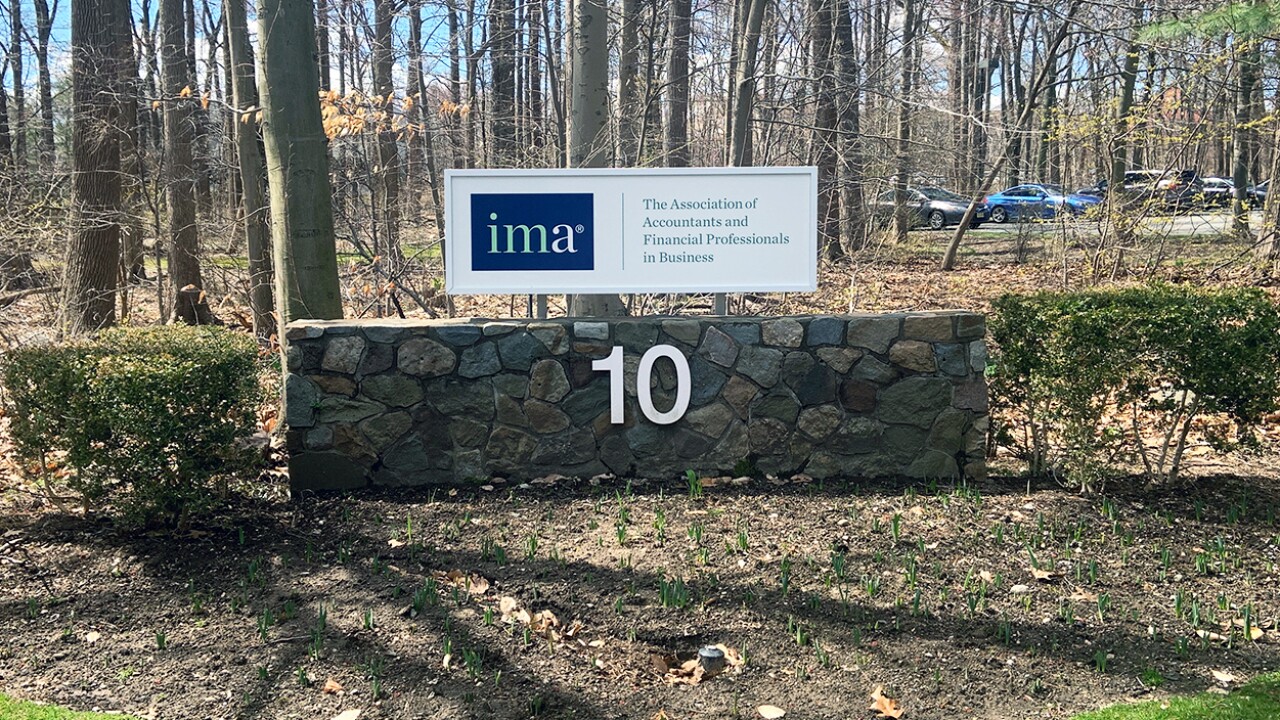With all the talk about private equity money flooding the accounting space, it can be easy to forget there are other sources of capital to help your firm and client's needs. One of these sources is the Small Business Administration, which significantly changed its standard operating procedures around loans during the second quarter of 2023.
The SBA is a government-guaranteed lending program founded in 1953 that allows small businesses to obtain capital that is not available to them under conventional lending options. The program offers financial institutions (lenders) a government guarantee if they underwrite their loans in accordance with SBA guidelines. This guarantee allows lenders to approve loans to small businesses based on the borrowers' ability to repay the loan and places less importance on collateral.
The SBA offers a variety of loan types for accounting firms and the small businesses you serve, including 7(a) and 504 loans.
The 7(a) loan program is for financing tangible and intangible assets up to $5 million, including business acquisitions, expansions, commercial real estate, equipment, inventory, working capital, and refinancing. SBA 7(a) loans are helpful in funding projects with limited collateral. Through this program, the SBA will guarantee up to 75% of the loan amount. Because of the government guarantee, the lender can offer more money over a longer period with better terms than they could otherwise do with a non-SBA loan. Longer loan terms can result in smaller monthly payments and stronger cash flow. The real estate terms through 7(a) are very attractive to small-business owners since these loans come with a maximum eligible term of 25-years, compared to a 20-year term in commercial lending.
Unlike the 7(a) program, the SBA 504 loan program funds only tangible assets, including capital equipment and real estate, and depends on collateral. The 504 loan program is a partnership between the lender and the SBA through a certified development corporation. 504 loans typically fall into three categories: purchasing or constructing commercial real estate, financing commercial real estate improvements, and purchasing capital equipment. The 504 program offers larger loan amounts with a maximum eligible repayment term of 25 years.
What are the SBA's SOPs?
During the second quarter of 2023, the SBA announced the release of Standard Operating Procedures 50 10 7, which went into effect on Aug. 1, 2023. The SOP are directives and policies that the SBA sets forth.
Think of these as the rules and regulations of the SBA; they are like the Tax Code in the accounting world. The SBA sets the rules, and lenders interpret them accordingly. Using the SOP, lenders establish credit policies within government-guaranteed lending programs. While credit policies and SOP interpretations may vary by lender, no lender can set forth any credit policies that would conflict with rules and regulations under the SOP.
(It's worth noting that the rules governed by the SBA can continue to be updated and amended. Depending on who you bank with, lenders may interpret these rules differently.)
The recent SOP changes instituted by the SBA have proven beneficial to accounting businesses and their small-business clients. Below are three that will have a major impact.
1. Partial ownership changes. One of the most notable modifications is for partial changes of ownership. Before Aug. 1, 2023, when a small-business owner sold their business using SBA financing, the seller had to complete a 100% ownership transition of their business. After closing, sellers could not retain any ownership. Now, sellers can retain partial ownership of the company, even if the ownership is only 1%. This new rule allows for longer transition periods and more flexible succession plans.
In the accounting profession, we've seen acquirers often prefer owners and key partners to stay involved. Continued seller involvement often allows new owners to seek guidance from the sellers on advising and retaining clients, and sellers can help guide the transition process. The change to the SOP regulations gives first-time acquirers the ease and assistance they desire when transitioning the business.
2. Equity injections. Another fundamental change made to the SOP is the regulations around equity injection. The new requirements make buying a firm easier for first-time acquirers. A first-time buyer or a younger CPA now has more flexibility in the amount they must inject as equity, the amount that a seller can finance, and the source of their equity injection. These new SOP rules allow buyers and sellers more freedom to decide what is in the business' best interest. These new regulations also apply to CPAs advising clients with limited capital.
3. Employee stock ownership plans. Before the new SOP, it was difficult for an employee stock ownership plan to use an SBA loan to purchase a company. The 10% equity injection requirement presented a barrier for an ESOP trying to obtain SBA financing because no one individual owns an ESOP. Due to the equity injection challenges, most of these transactions were being financed with a conventional loan. The new SOP eliminates the equity injection requirement for an ESOP purchasing a 51% or more interest in the small business, making SBA loans an attractive option for ESOP purchases.
Lowering barriers
The changes to the SOP have reduced several barriers to obtaining SBA financing for accounting professionals and small businesses. With increased flexibility for partial ownership changes, new rules for equity injection and the removal of equity injection requirements on some ESOPs, the SBA loan programs have an increased capacity to meet your and your clients' needs. Talk to a preferred SBA lender to determine if an SBA program is the right fit for you.





